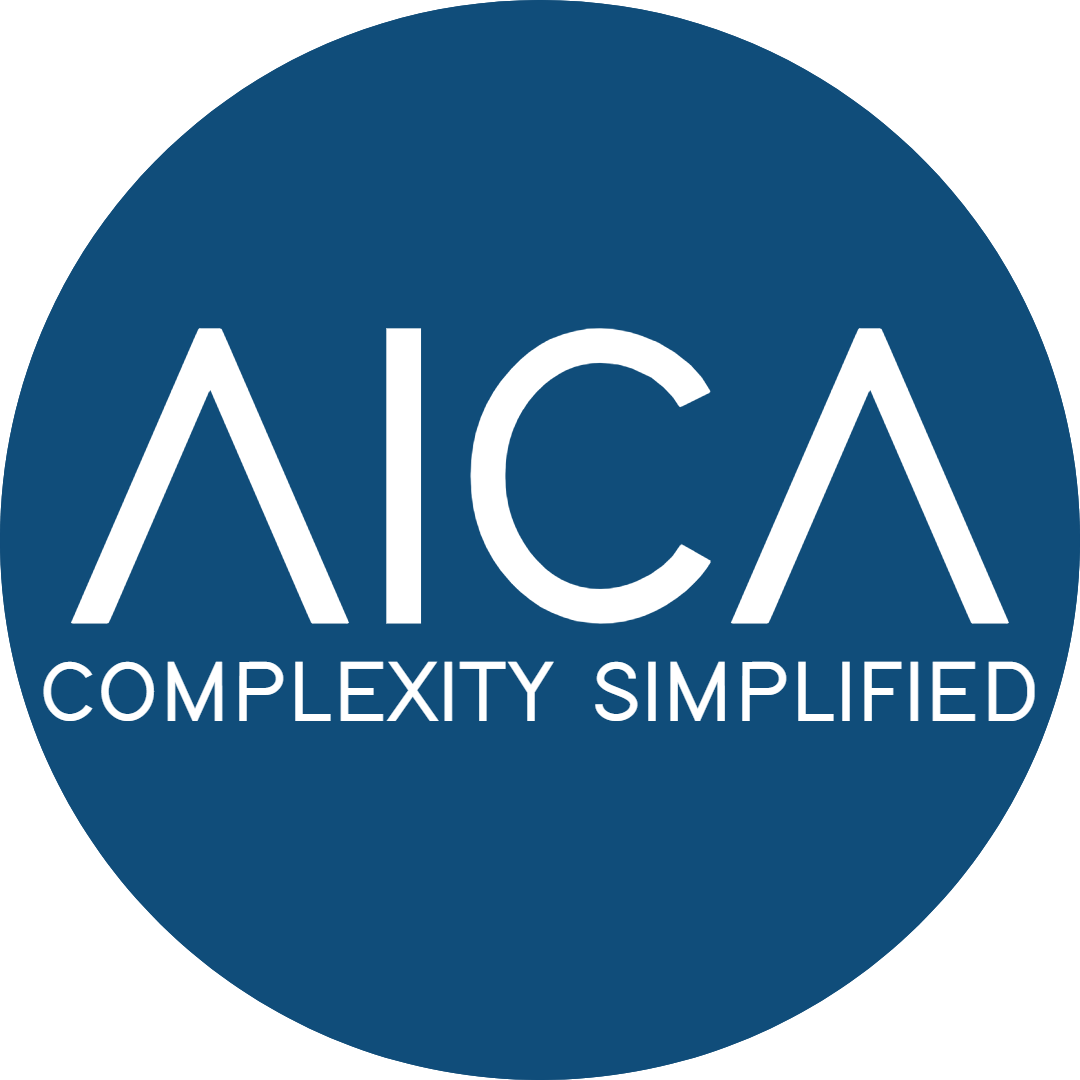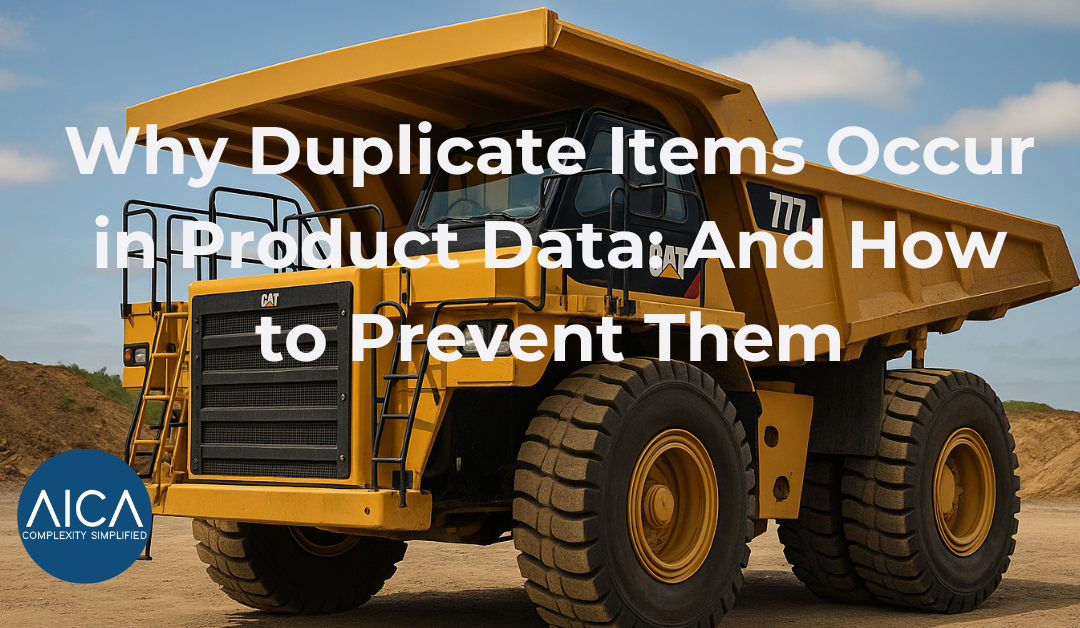In every enterprise, clean product data is essential for accurate procurement, inventory management, and reporting. Yet one of the most common and costly data issues organisations face is duplication. Duplicate product records inflate stock levels, distort spend visibility, and disrupt maintenance and ERP reliability.
Understanding why these duplicates happen is the first step toward eliminating them.
1. Multiple Data Sources and Legacy Systems
Most enterprises manage product and service information across multiple systems – ERP, MDM, EAM, and PIM platforms. Over time, mergers, acquisitions, and regional operations introduce parallel datasets that describe the same items in different ways.
When these systems are integrated without proper cleansing or classification, identical items (like “Pump 2” and “Centrifugal Pump”) are treated as separate products, creating hidden duplication.
2. Inconsistent Naming Conventions
Different departments, sites, or suppliers often use unique naming standards. A single component might be recorded as:
- “Valve, Ball, SS 2in”
- “2-inch Stainless Ball Valve”
- “Valve-Ball-Stainless 2″”
Without standardised naming rules or taxonomies, ERP and procurement systems cannot recognise these as the same item.
3. Free-Text Data Entry
When employees manually enter item descriptions instead of selecting from approved lists or catalogs, duplication risk rises dramatically. Free-text entries introduce spelling errors, abbreviations, or supplier-specific terms that make items appear unique – even when they’re not.
4. Supplier and Catalog Inconsistencies
Suppliers often describe their products differently from buyers. Without a harmonised classification system like UNSPSC or GS1 GPC, the same product may appear under multiple supplier codes or descriptions.
This fragmentation is one of the main drivers of duplicate data in procurement and MRO environments.
5. Lack of Data Governance and Validation
Many organisations lack robust data governance policies that prevent duplicates at the point of entry. Without validation rules, duplicate detection tools, or classification checkpoints, new records are added continuously, and errors compound over time.
6. System Migrations and Poor Data Preparation
During ERP or PIM migrations, legacy data is often transferred “as-is.” Without cleansing and deduplication beforehand, old duplicates are simply replicated in the new system. Once duplicated data enters a new environment, the effort to clean it multiplies.
How AICA Helps Eliminate Duplicates
At AICA, we help organisations identify, cleanse, and prevent duplicate items before they impact operations. Our Agentic AI platform combines automated pattern recognition with human QA to detect near-duplicates and harmonise product data at scale.
We deliver:
- Automated Duplicate Detection – AI models identify similar or overlapping records using pattern and attribute matching.
- Standardised Naming and Classification – Products are cleansed and classified into global taxonomies like UNSPSC or GS1 GPC.
- Continuous Data Governance – Integration with ERP, PIM, and MDM systems ensures ongoing data hygiene.
The result: cleaner catalogues, lower procurement costs, and improved operational efficiency.
Conclusion
Duplicate items might seem like a minor data issue, but their impact ripples across the organisation, from inflated inventory costs to inaccurate reporting and slower procurement cycles. By addressing the root causes and leveraging AI-driven data cleansing and classification, organisations can achieve lasting control over their product data.Visit our website to learn how AICA helps enterprises cleanse, enrich, and classify product data for complete accuracy and control.
Copyright Reserved © AICA Data International Ltd 2025

